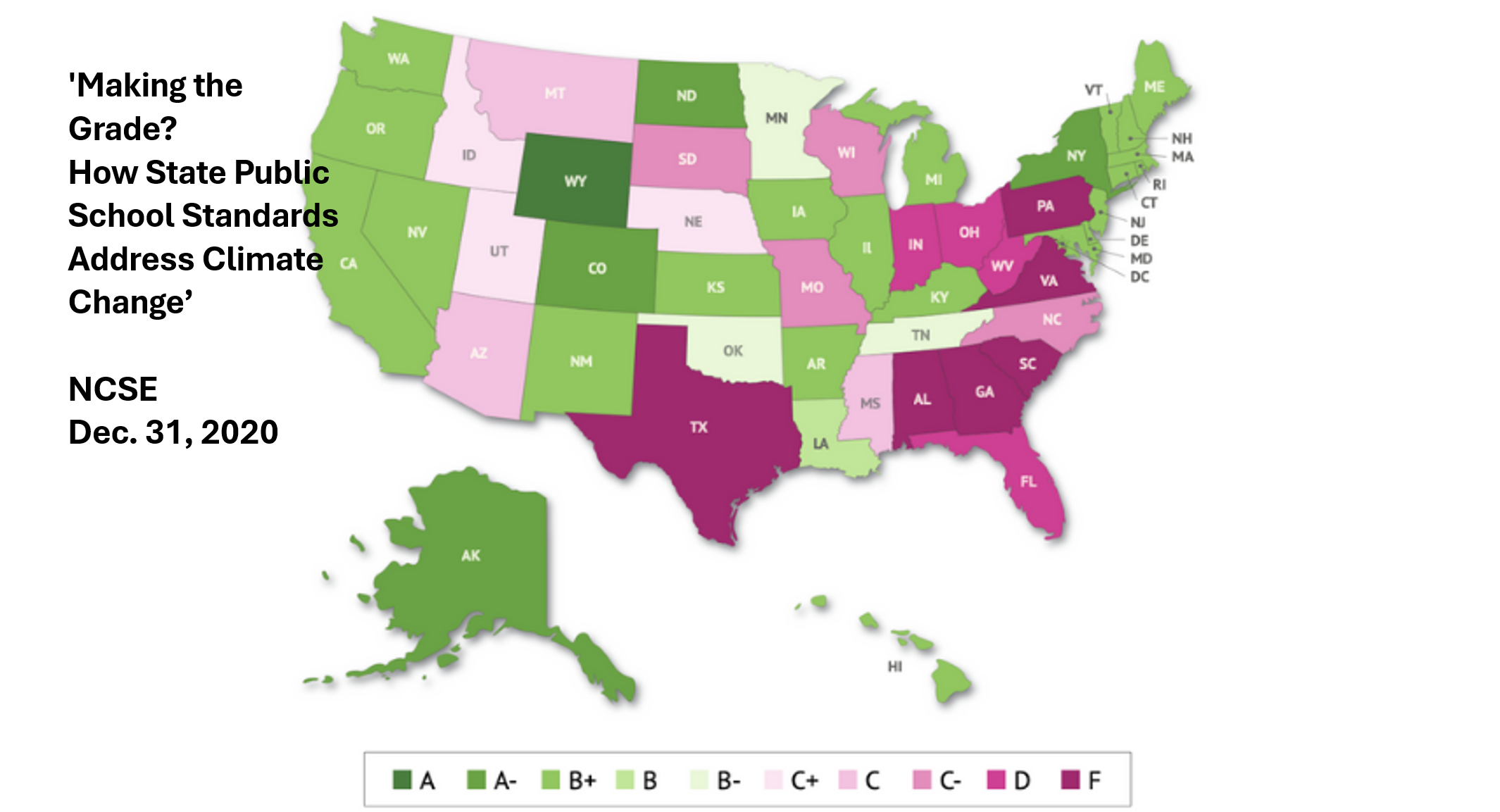Before speaking at a recent marine educators conference, I polled the audience about whether their students feel climate anxiety. One hundred percent of respondents said their students were “anxious” or “somewhat anxious” about climate change.
Why?
Because media outlets tend to focus on bad news. That’s not surprising considering “negative words in news headlines increase consumption rates (and positive words decrease consumption rates)” (Nature Human Behavior, 2023).
Additionally, media often present global perspectives, i.e. the declining global salmon fishery or the amount of plastic in our ocean, which can allow climate anxiety to creep in. And if we’re feeling anxious or afraid, psychological research tells us that panic and fear can cause peope to disconnect from what scares them.
Wouldn’t it be disastrous for our planet if we all disconnected? But if we constantly focus on the mess, we can’t see the hope.






Recent Comments